I rewrote an HP Lovecraft quote to be simpler to read:
“It’s easy to imagine an occult force that sustains itself by sucking the life out of normal living beings — a parasite, possibly one without physical presence. This parasite may even commandeer the host’s body. It might be malevolent or it might be more like the tick I found on my dog yesterday: just hungry. Regardless, any entity of this kind is unnatural. We all have a responsibility to get rid of it.”
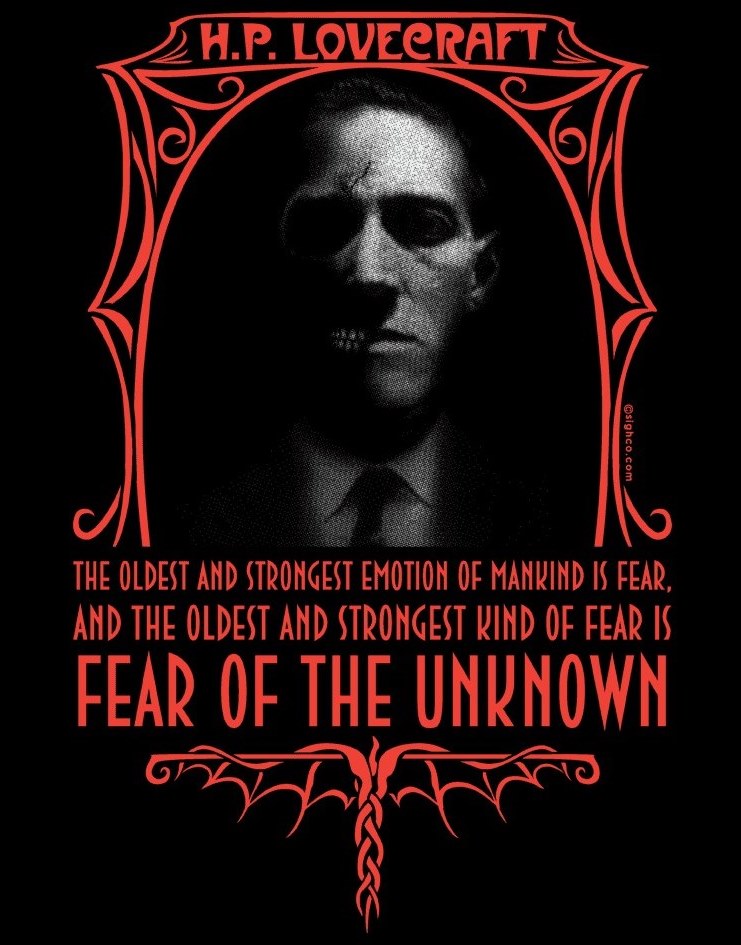
The original:
“One might easily imagine an alien nucleus of substance or energy, formless or otherwise, kept alive by imperceptible or immaterial subtractions from the life-force or bodily tissue and fluids of other and more palpably living things into which it penetrates and with whose fabric it sometimes completely merges itself. It might be actively hostile, or it might be dictated merely by blind motives of self-preservation. In any case such a monster must of necessity be in our scheme of things an anomaly and an intruder, whose extirpation forms a primary duty with every man not an enemy to the world’s life, health, and sanity.” — “The Shunned House” by HP Lovecraft
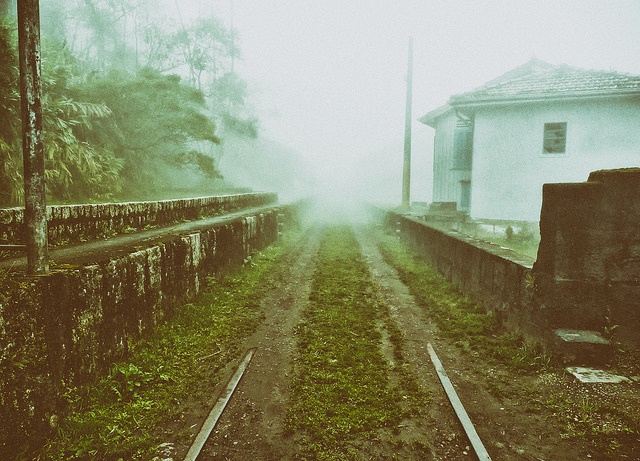
Lovecraft’s style is exhaustingly baroque — to be honest, I’m mainly reading his short stories because my boyfriend likes them — but his ideas are fun. They complement The X-Files well. Like Agent Fox Mulder’s investigations, Lovecraft’s plots end in sinister mysteries unsolved — sometimes even unseen.
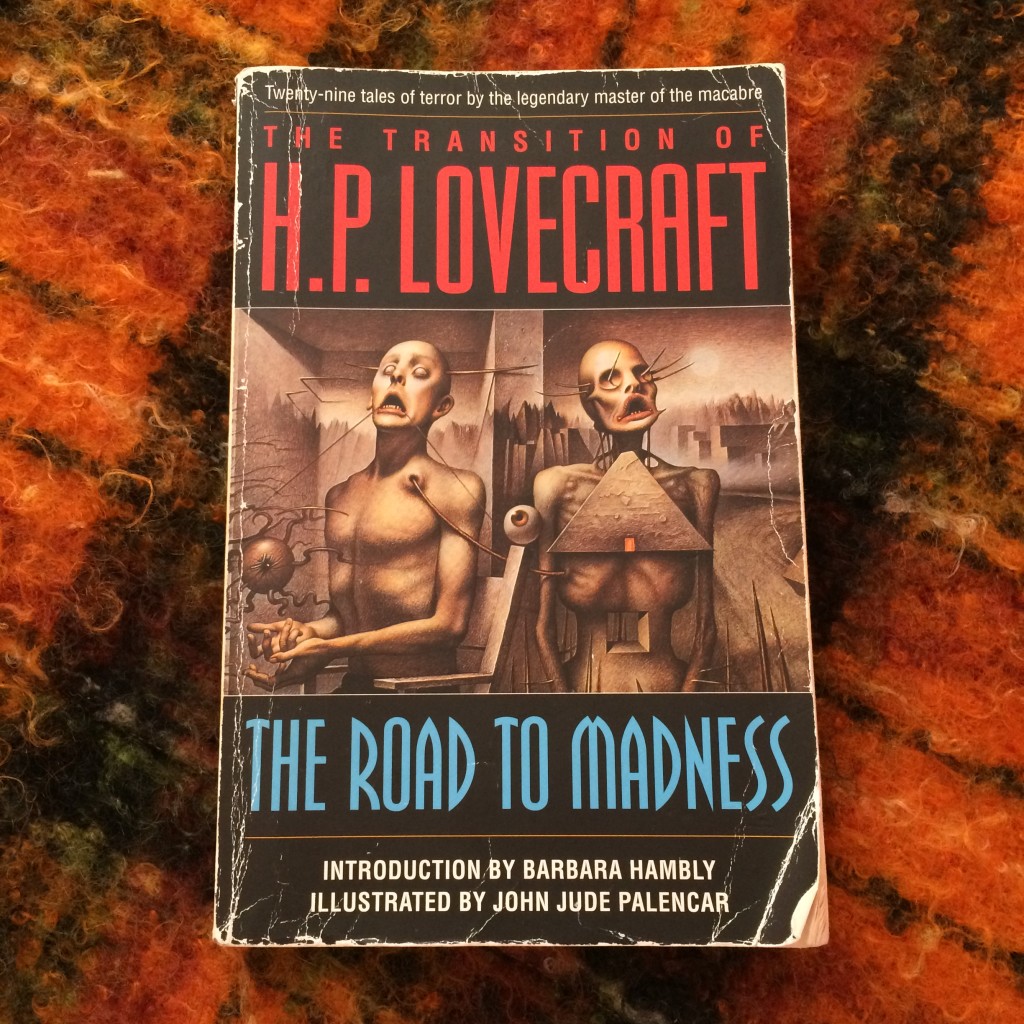
It’s ironic that the paperback I’m reading has Dali-esque tortures on the front cover, because Lovecraft’s specialty is obliquely describing horrors that his characters claim are beyond comprehension. The author is happy to depict the action, but only up to a point. There are certainly never spikes in anyone’s eye sockets.
For example, in a story that he ghostwrote for Harry Houdini, Lovecraft’s protagonist encounters reanimated mummies with animal heads spliced on top of their bodies. Relatively tame stuff, right? It probably felt scarier to his contemporary readers in the 1920s and 1930s. Anyway, later the poor fellow sees a creature whose attributes he feels completely unable to verbalize.
Many Lovecraft heros can’t communicate what they’ve endured, only the events that preceded the tautologically unspeakable occurrence. Or they go mad after witnessing it. The protagonist is rarely physically injured, although side characters die sometimes, as in “The Shunned House” (which I quoted at the beginning).
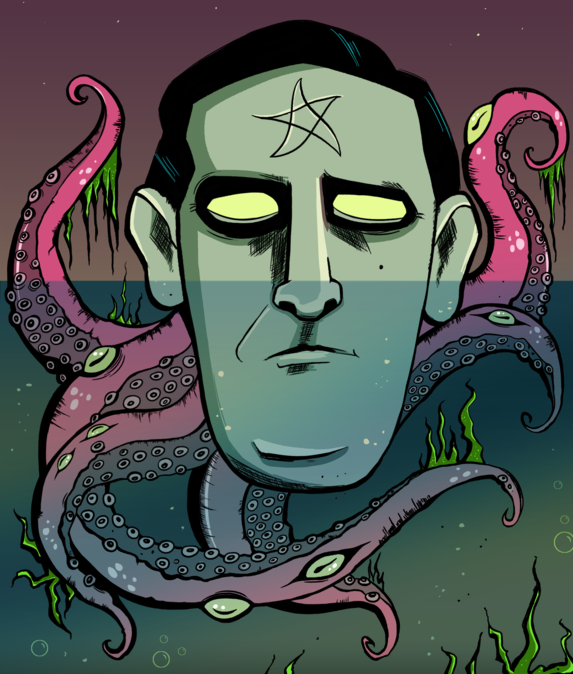
The word “abyss” is the sort of vocabulary that characterizes Lovecraft’s prose. Deep dark eldritch depths, etc. To his credit, Lovecraft established some of the cliches — he was hugely influential; watch Buffy the Vampire Slayer and it’s obvious. I object to his roundabout wordiness but I like his obsessions. The aesthetic is enjoyable, and although Lovecraft usually can’t frighten me, he scratches a particular creepy itch. All the best horror writers know, what is not revealed is much more interesting than what’s laid out in clear photographic detail.
So, how does rehashing well-known Lovecraft themes relate to the quote at the beginning? His moral assumptions are so… antiquated. (Let’s not even talk about the racism. Zoe Quinn and The Awl can handle that.) In “The Shunned House”, he — well, his character, but every Lovecraft protagonist is a front for the author — asserts that the occult parasite is evil, acting contrary to the rules of the regular world.
But predation is the most normal of all normalcies. Organisms devour other organisms. Noxious spirits leach energy away from nearby humans. Whatever.
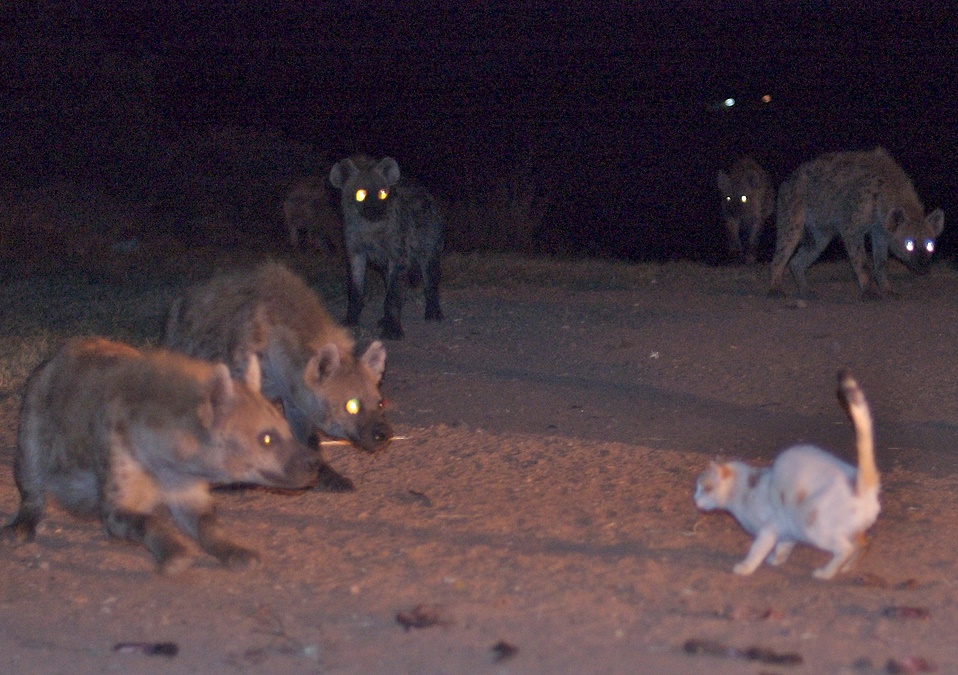
Life varies. But nature is nasty, brutish, and perpetual in its cycles. Lovecraft clutches an idea of biological order not based in history or simple reality. I suspect that Lovecraft is worried by what he can’t control… which is relatable. He doesn’t tap into my specific id when extolling his fears, but he must be sourcing from someone’s. I do wonder if Lovecraft genuinely feared the phenomena he wrote about, or if he was conjuring plotlines based on subconscious impulses.
That’s it. I don’t have a grand conclusion.